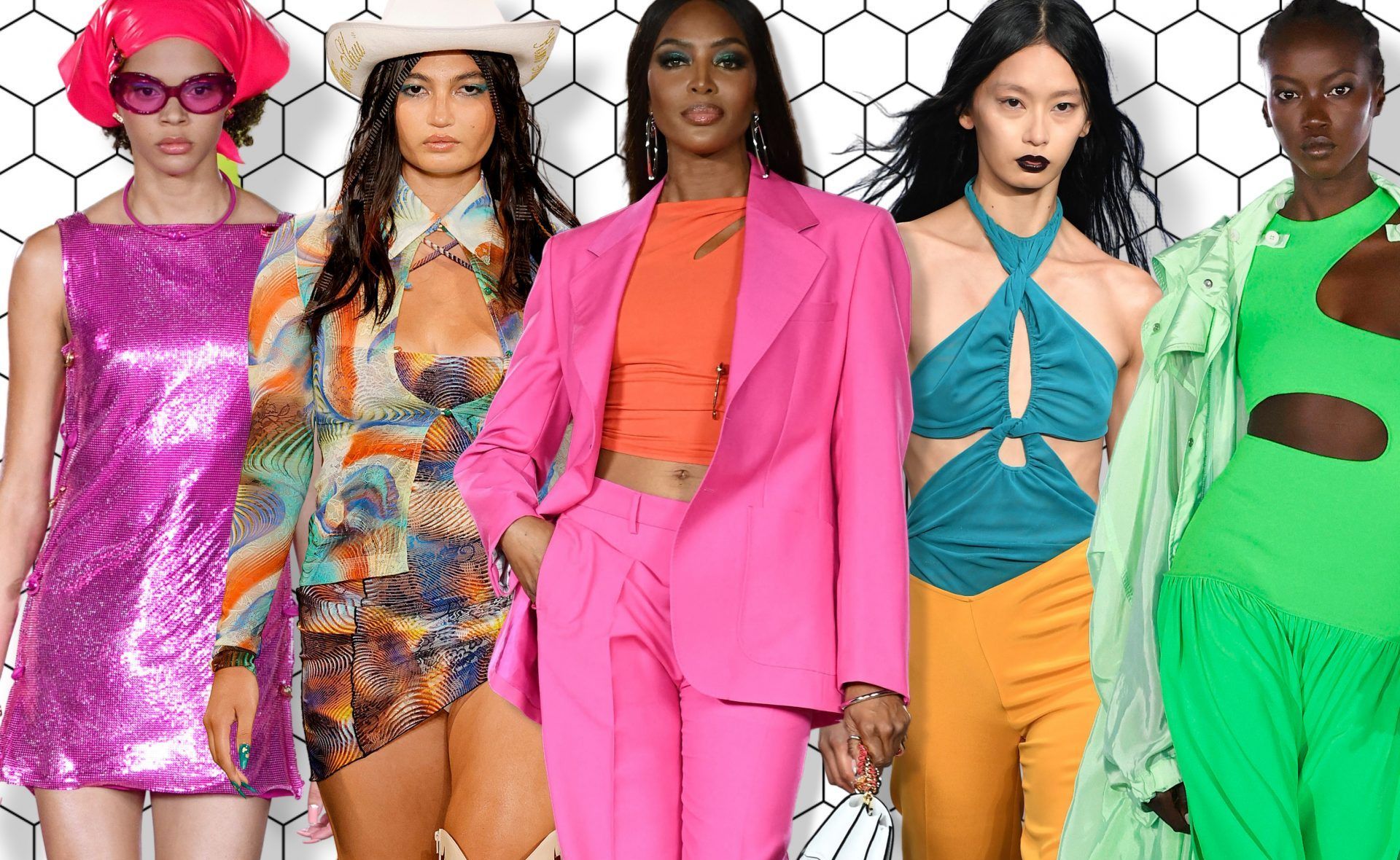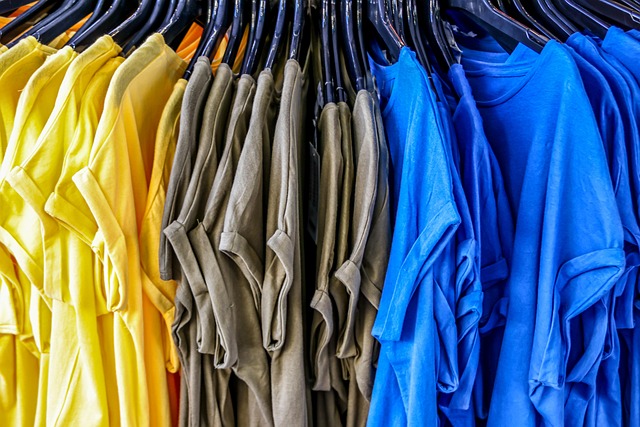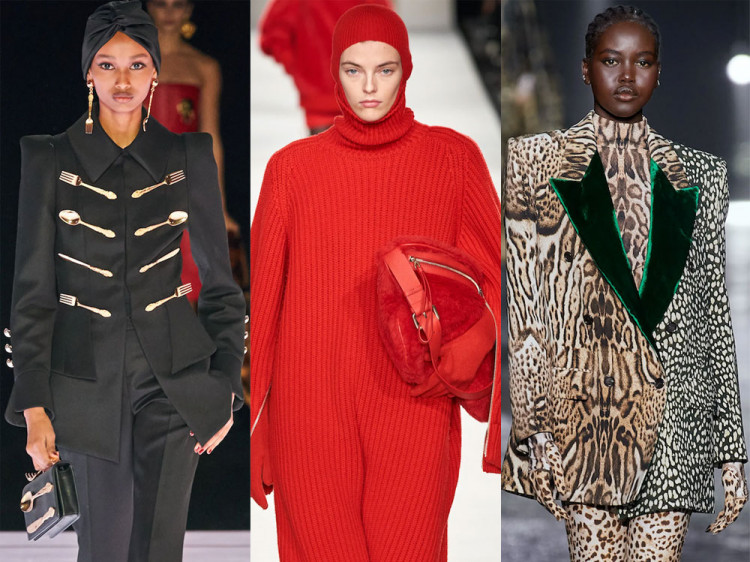
Fashion analytics is a tool that retailers can use to predict demand. This is done by tracking online purchases and then analyzing the data. This data can help retailers identify which items are most in demand and which will be discontinued. This allows retailers to mark down their inventory and stay competitive. Implementing fashion analytics is not easy. This article will explain how leveraging big data can help you with fashion analytics.
Fashion analytics requires data integration
The benefits of big data for fashion companies are many, including a more personalized customer journey and better-targeted products. Consumers have to be confident that these data are being used responsibly and with their permission. This is possible by creating a safe and secure environment and being transparent about how and why they collect consumer data.
Fashion industry is fast-paced. Big data has become an essential part of the business. Retailers are using big data more often to develop new products and monitor consumer behavior. Big data will help retailers remain competitive in spite of the rising tides of ecommerce.

Data integration facilities make it easy to find information from multiple sources and increase the value for your data. They can help you develop your business quickly and safely. Derek Rose, a luxury fashion brand, used Microsoft Dynamics to manage its customer relationships. They were also missing business opportunities and not using their direct resources to the full extent.
Advanced analytics in the fashion business: The challenges
Fashion has always struggled to anticipate trends and adjust production to meet consumer needs. This can often lead to excessive inventory levels or discounts that reduce gross margins. These issues can be fixed by advanced analytics. Fashion retailers will be better able to meet customer demands. Data-driven analytics can increase customer satisfaction and conversion rates through a combination business intelligence and consumer information.
Data-driven analytics allows retailers to analyze both in-store and online sales data to identify which products are doing well. Retailers can use analytics to predict the style and size of clothing customers will purchase. This insight can help retailers better fit customers and reduce returns. You can also use this information for comparing pricing with other competitors, and to increase sales accuracy and demand forecasts.
Lastly, fashion retailers face additional challenges, such as shifting seasonality and the need to bring in the right colors and sizes at the right time. Also, retailers need to manage inventory. This can lead to misaligned inventory or incorrect inventory. Fashion retailers must also deal with the high costs of product markdowns, returns, and other challenges. This can have a negative impact on online retailers' profitability.

Benefits of leveraging big data in fashion analytics
Fashion companies can make use of big data in fashion analysis to better understand customers. This data is often available online and can be used to segment customers, identify buying patterns, and improve product offerings. Fashion analytics can also be used by retailers to predict customer needs, predict future sales, and identify trends.
Predictive analytics for fashion includes demand forecasting, which is an AI-driven process that predicts the future demand for a given item. This is a great way for retailers to cut inventory costs and increase sales. Retailers can use predictive analytics models to help determine the best times for inventory transfer or increase sales.
Big data can make it easier for companies of all sizes to make better decisions. Starbucks, for example, uses data to predict the success of its stores and future results. The company can thus avoid opening unprofitable outlets. Companies also benefit from big data in order to predict fashion trends and analyze consumer behavior.
FAQ
How does technology impact the fashion industry There are many changes.
We are seeing a shift from physical shops towards digital. We also see eCommerce becoming more popular.
We are also seeing shifts in the way that shoppers interact directly with retailers. They want to shop anytime, anywhere, but they still want to feel special when they visit a store.
Retailers are adapting to new ways of engaging customers. Mobile payment systems are being offered by retailers so customers can shop and pay at the same time. They also offer apps that let them discover new products before they enter the store.
Shoppers are becoming more demanding. They don't just want to browse through catalogs or websites anymore. They want to experience things firsthand. Pop-up shops are being opened by retailers to allow shoppers to test out new products.
What will happen to consumer behavior after COVID-19 is over?
We all know people are spending less right now. But that doesn't make them less likely to want to spend their money later.
It's a great time to shop at your favorite stores if shopping is something you want to do. It is possible that you will find shopping enjoyable than ever.
While there may be less people at malls than you would like, you still have plenty of options. Keep safe and adhere to social distancing guidelines.
Also, remember to wash your hands regularly. This simple step can help stop the spread of coronavirus.
Now that you've seen some trends shaping retail's future, let's take a closer look at what's happening.
Is mobile influencing the fashion industry?
It is no secret that mobile devices are becoming more powerful each year. Mobile phones can be used to take photos, record video, play music and surf the Internet. Mobile phones are used to check the outfits.
You can use them to check the fit of a gown before you purchase it. Others use them to photograph themselves in front mirrors.
If you are thinking of buying a new outfit for the next season, make sure to take a photo with your smartphone!
Do virtual experiences still have a future after the pandemics?
The world in which we live is now more connected than any time in history. We communicate more quickly, share information and collaborate across borders.
As technology evolves, so will our interactions with one another and with the environment.
This is the next frontier in this evolution. Virtual reality (VR). Virtual worlds will revolutionize the way we learn, play, explore, and do business.
VR may sound like a great idea for consumers, but it has concerns about potential abuse by vulnerable users.
Experts warn VR headsets can be used as a lure tool by cybercriminals to lure unsuspecting victims in phishing scams.
This means you should review the terms of service and privacy policies of any headset manufacturer before buying.
You also need to ensure that you've selected a reputable company.
Make sure you read reviews online and ask friends and family members what they think. Chances are, if you're being sold a product by someone, they'll tell you it's great. Look for independent websites that provide detailed reviews.
Many companies include terms and conditions of service and privacy policies in their packaging. It makes it easy to find them and allow for review.
You can contact the retailer directly if you are not satisfied with your purchase.
Statistics
- and what they are traveling for, with 78% of respondents wanting to impact the community they visit positively.1 Eating & Shopping at Small businesses (americanexpress.com)
- While 19% of respondents state they didn't travel in the past two years, other families' favorite experiences included: domestic travel (19%), beach resorts (12%), road trips (11%), international travel (10%), staycations (7%), camping (6%), and more.1 (americanexpress.com)
- Nearly 30% of consumers have started their holiday shopping, though 55% say rising inflation has altered their gifting and spending plans for 2022. (junglescout.com)
- Just 5% of consumers expect to wait until December to begin shopping, while more than 70% said they'd start before Thanksgiving. (junglescout.com)
- 56% of respondents stated they held off on traveling for major entertainment events last year, but have plans to return to these events this year.1 (americanexpress.com)
External Links
How To
Where are travelers headed?
Travelers are going to destinations that provide inspiration, experiences, and connection with local culture.
The world is shrinking. More people travel more often. Tourism is growing faster that any other industry. Retail is now more important than tourism.
In an increasingly globalized environment, travel has become more accessible, safer, and easier than ever. But there is still room for improvement.
Tourists look for places that inspire them and give them authentic cultural experiences.
They want to see new places, meet new friends, and experience something new.
However, when they travel on vacation they want to feel safe. They want to know they will return home safely, and that they won't be robbed, attacked, or worse.
This is not just about safety. They also want to have fun when they travel. They desire to see new places, eat at new restaurants, and enjoy other activities.
They want to make new friends along the journey and learn about different cultures.
These are the same reasons travelers flock to major tourist attractions, such as Universal Studios Hollywood or SeaWorld Orlando, SeaWorld Orlando, SeaWorld Orlando, Legoland Florida and Six Flags Magic Kingdom.
There are vast differences between these locations and those of the average hotel chain. These are destination resorts.
You will find amazing food, entertainment, and incredible views.
These parks host many of the most popular and visited hotels worldwide. These are some of the top 10 most sought-after destinations for international tourists.
Tokyo Disneyland, for instance, is one of Japan's most visited tourist spots. It has been voted No. 1 by TripAdvisor's Travellers Choice Awards each year since 2012.
According to the National Geographic Society Tokyo Disneyland was the most popular place for families to visit in 2019,
It was ranked number 3 in their list of the top 50 family-friendly destinations around the globe.
Disneyland Paris was second. Universal Studios Hollywood came third.
This might be the best place to go if you are looking for a destination at a theme park.